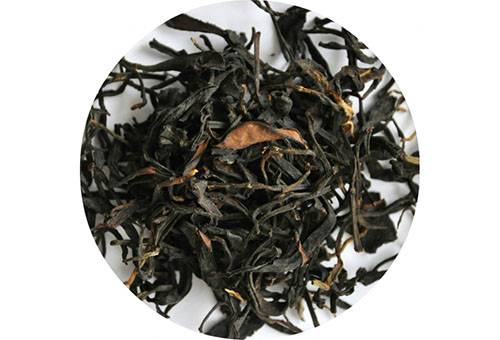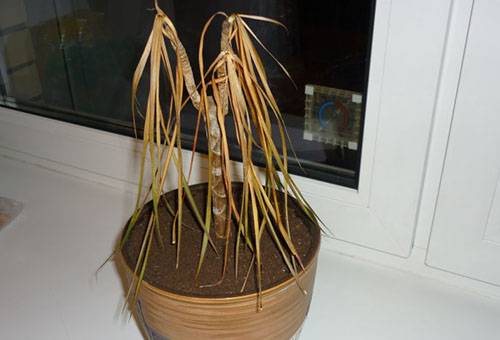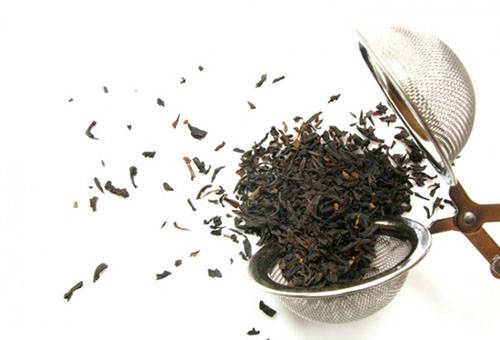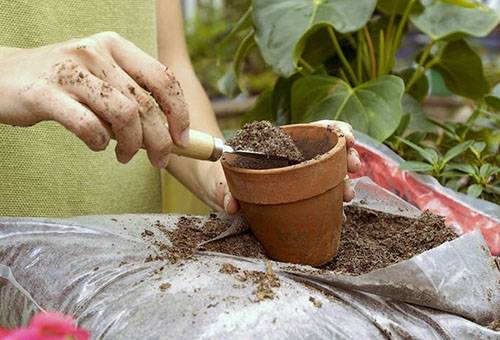Is it possible to regularly water indoor flowers with tea and why is this needed?
Content:
Beginning gardeners often have the question: is it possible to water indoor flowers with tea, and if so, sweet or sugar-free? At the forums of flower growers on this topic heated discussions flare up: supporters of watering and mulching the soil with tea leaves versus those who believe that plants can do well without this top dressing.
What useful things can you find in watering with drunk tea?
If you conduct a chemical analysis of tea, you can find in the composition of the drink mineral and organic, as well as tannins, acidifying the soil. Not all indoor plants need such acidification. We can definitely say that ferns that suffer from the action of carbonate salts of soil and water, and cacti that love hard water and the tannins contained in it respond well to it.
The rest of the indoor plants react to tea-pot irrigation quite restrained. At least there are no reliable experimental data that would prove the obvious benefit of such fertilizer. There is an opinion that regular mulching of the soil with tea residues helps to keep moisture in it, and if you make tea leaves under indoor flowers and gently tuck it in a flower pot, then the plants will receive fertilizer with an extended lifespan.
Disadvantages of the method
Opponents of such irrigation have a large number of arguments against the arguments of the other side. They deserve to be examined in more detail.
- Modern floriculture has a sufficient selection of fertilizing and fertilizers, universal and specialized soils, adapted to the needs of all types of plants. You can calculate the optimal level of nutrition that flowers require without the addition of questionable composition.
- Flavored tea with additives can lead flowers to sad consequences: rotting of the roots, imbalance of soil nutrients.
- Watering with tea leaves with the addition of sugar leads to the appearance of a mushroom mosquito in the pot, black midges and other pests, which are not easy to get rid of.
- When using moldy tea, you can bring bacteria, molds into the soil, cause soil contamination.
- For instances of home greenhouses that prefer acidic soil, such watering can only do harm.
Tip
You can determine the acidification of the soil by such signs as a greenish coating on the soil, which has an unpleasant smell, decay of inflorescences and leaves, mold on the petioles of plants.
These arguments will make supporters of the “grandmother's” methods think.
How to use tea leaves for irrigation and fertilizer?
This option may be acceptable for supporters of organic floriculture, as natural remedies have recently become widespread.
Tip
Any tea can be used for watering: black, green, herbal. The main thing is that it does not have additives and flavorings of synthetic origin.
How to water plants with tea infusion?
- Make sure your flowers need acidification of the soil. A simple soil analysis can be done with a litmus test.
- You do not need to constantly pour this fertilizer under the flowers, several times a month are enough - time its application to the next watering.
- You can not water the plants with tea with the addition of sugar, as well as sour or moldy solution.
- You can use a fresh, weak and unsweetened solution of room temperature.
Tip
If, in addition to watering, tea leaves also pour out under the flowers, its amount must be strictly dosed, mixing with the top layer of soil. This method will help to maintain moisture, which will water the plant less often.
A few more ways to use tea leaves
The availability of this material provides an impetus for use in other ways.
- A large amount of waste after tea drinking can be turned into a drainage layer when planting a plant in a new pot. To do this, lay the tea leaves on the expanded clay layer, sprinkle with soil and plant a flower. As it reaches the roots of the lower soil layer, part of the tea leaves will already decay and will serve as organic fertilizer.
- Instead of a drainage layer, the dried tea leaves are mixed with flower soil when a plant is transplanted into another pot. This additive is acceptable if the soil is dense, then it acts as a baking powder.
So, if you use drunk tea for watering, then you need to do this in accordance with all the rules, do not use additives and flavorings, moldy raw materials. This method is used for plants that prefer acidic soil and hard water with tannins. Such irrigation is not carried out often, they regularly loosen the soil under indoor flowers, and monitor the condition of the plants. When midges and other insects appear, you need to cultivate the soil, reduce watering.
Read the article on how to care for female happiness in a pot



